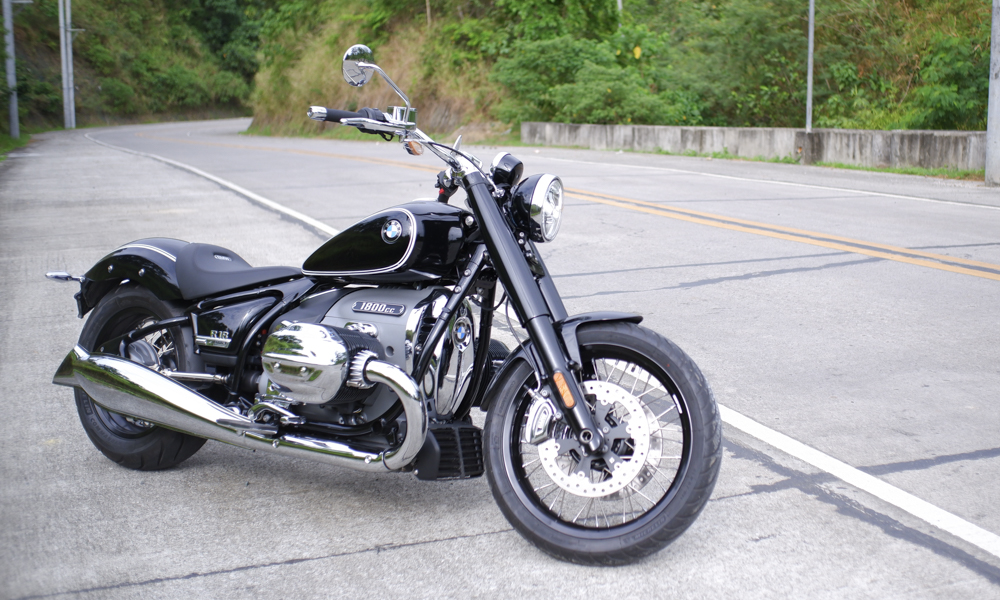
Most people know BMW as the maker of some of the best driving and riding machines in the world, but the Bavarian company’s roots lie in aircraft engines. The then-fledgling company’s very first product way back in 1917 was the BMW IIIa, an in-line six-cylinder water-cooled engine that powered the Fokker D.VIIF, one of the best fighter planes of World War I.
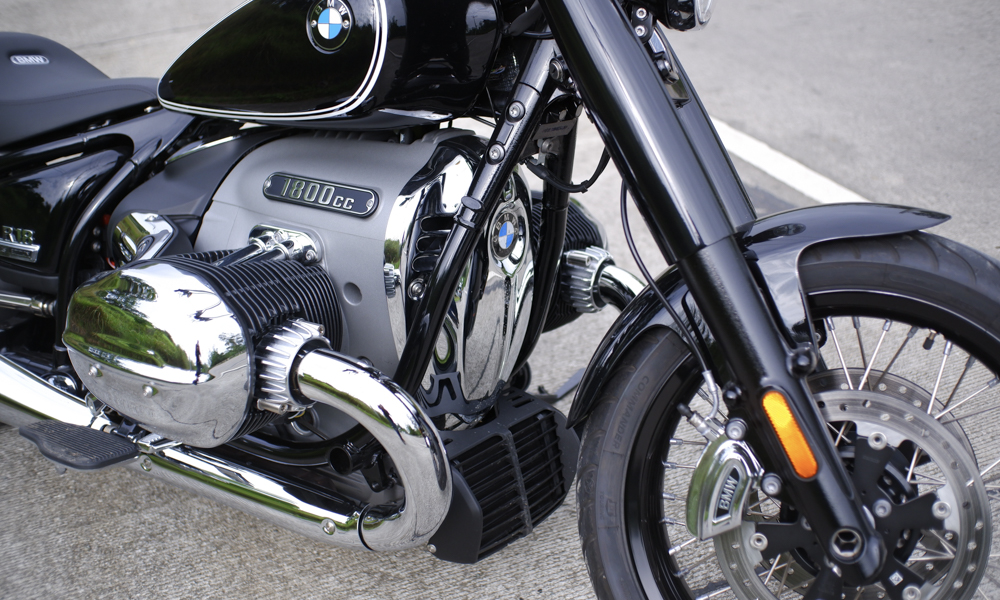
From those beginnings, BMW produced its first motorcycle (the R23) in 1923 before eventually producing cars in 1928. In 1936, the company debuted the R5 with a then-revolutionary 500cc boxer engine. In the decades that have passed since, the company has made thousands of motorcycles ranging from standards to sports bikes. Current models like the best-selling GS line are some of the most desirable bikes today, boasting technological wizardry that would make any rider imagine he or she is Ewan McGregor taking the long way around the world.
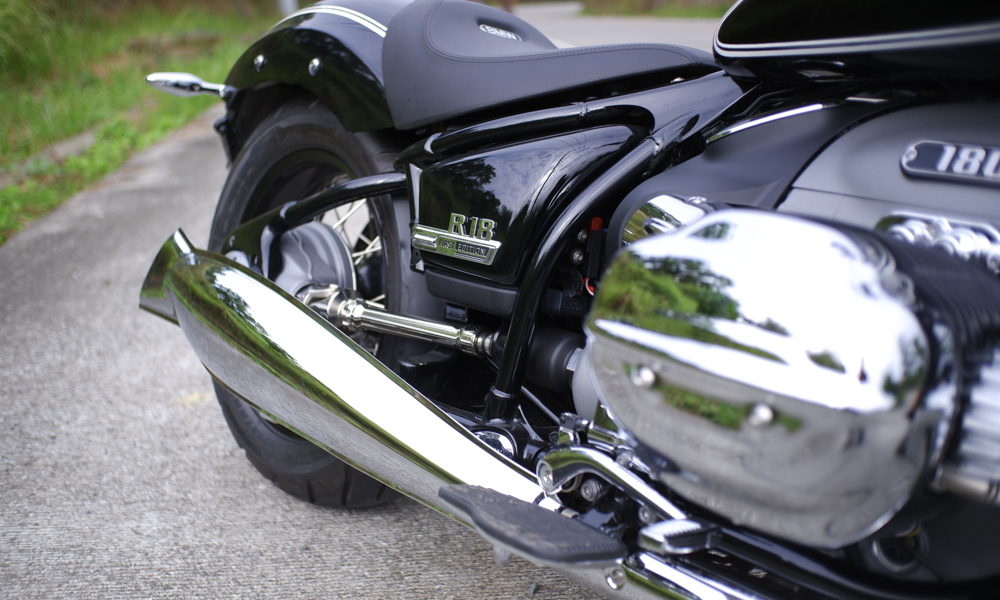
The R18 is a throwback to a simpler time for motorcycles, when one didn’t think so much about spec sheets but appreciated the basic joys of riding instead: the luxury of beholding a piece of rolling sculpture that you could actually ride, and the sights, the sounds and the smells you’d encounter during the day.
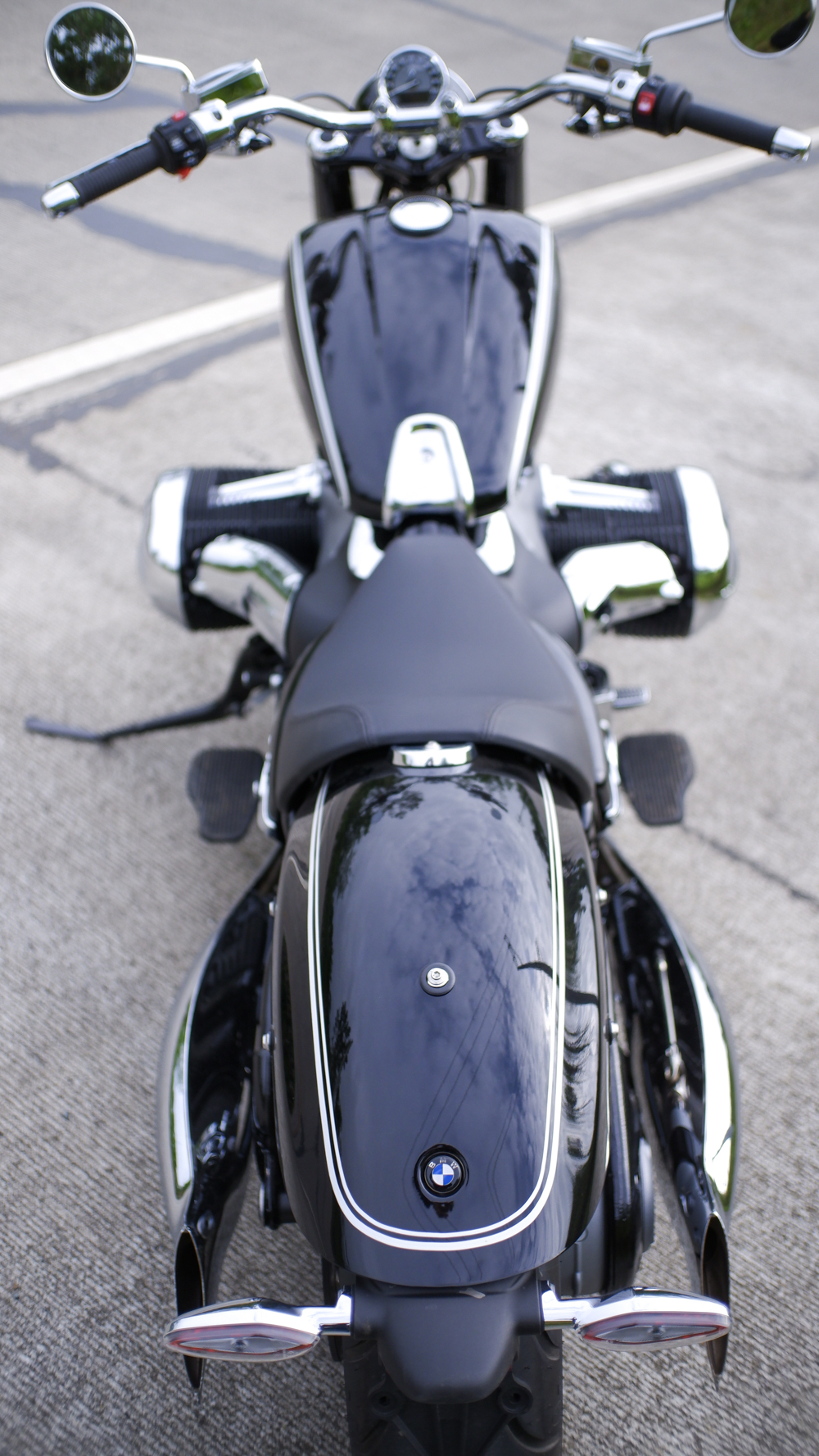
BMW being BMW, the engineering side of the equation is well-covered and guaranteed to impress. The 1,802cc motor is the biggest air-cooled engine the manufacturer has ever made. Then there are the ABS, the traction control, the adjustable levers, the keyless engine start, and the several ride modes. But the emotional side is what defines the bike. It’s what gets you excited to ride—to get on a machine and just enjoy the day wherever it takes you.
Long, flowing lines like a shark, and that engine housed so neatly and precisely in its casing that you won’t ever want it to get even a speck of dirt. An open driveshaft polished to showroom-quality sparkle. Internally run wiring to further clean up the look. Period-correct fork covers, even. Start the motor and it violently shakes to life—wagging the handlebar a few inches before settling to a smooth idle. Rolling out for the first time is an exercise in caution as you don’t want to be that idiot who dropped an R18.
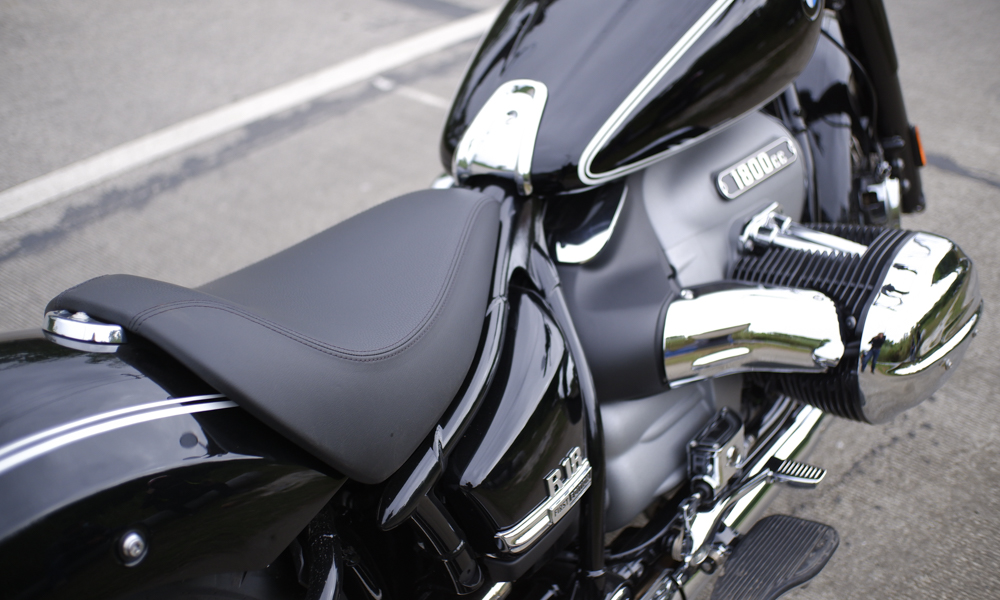
As the bike warms up, you slowly get accustomed to the ergonomics. It’s a cruiser, which means the seat is low and you can flat-foot at stops. But it’s long, and the wide handlebar is difficult to turn to full lock unless you’re over 6ft tall, so U-turns are nearly as wide as a small car. The placement of the cylinder heads means they get great air cooling once you’re up to speed, and waste heat isn’t thrown up your crotch. They’re also seemingly so fat and low that you’ll consciously avoid aggressively leaning the bike into curves for fear of damaging them. Actually, there’s enough ground clearance to clear most humps, and the floorboards will scrape the ground long before the heads do, but why risk it?
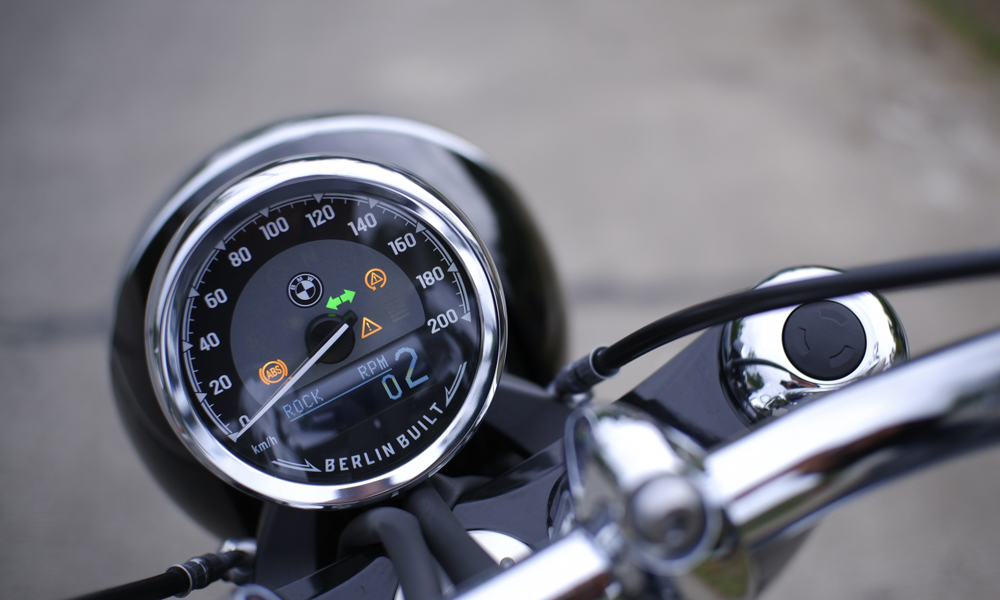
On the highway, with only light traffic to weave through, the R18 shines. The engine makes so much torque—158Nm at 3,000rpm—that overtaking is effortless in any gear. The characteristic boxer-engine drone is bassy and surprisingly “polite” for a cruiser, thanks to effective muffling by those exquisitely crafted fishtail pipes. The non-slipper clutch is surprisingly light and smooth, although you’ll still want to blip the throttle on downshifts for the tactile and aural enjoyment. With the engine loping along in sixth gear at 2,000rpm, scenery moving by at a brisk pace, the only things missing are wings sticking out the sides and a propeller on the nose. Maybe that’s why BMW put its roundel in front of the engine casing.
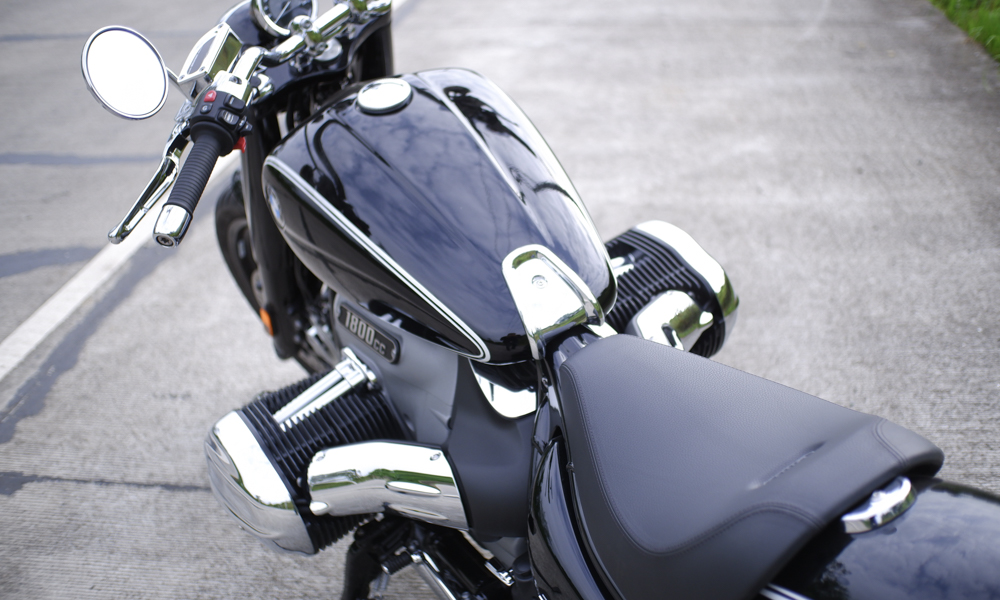
If only it stops as eagerly as it goes. Even with two big discs in front and a single rotor at the back, it takes a while before the bike hauls its 345kg weight to a halt. Especially on long downhill stretches, you’ll need to squeeze the brake lever hard before there’s a palpable sense of deceleration. To help get over the laws of physics, BMW has linked the rear brakes to the front, so you needn’t have to press the brake pedal all the time. This is also helpful for low-speed riding as the mid-mounted foot controls aren’t especially easy to manipulate. Changing gears or stepping on the rear brake means having to move your feet a few inches off the floorboard every time. The design of the engine also eliminates any option for forward-mounted controls, so you’ll just have to live with it.
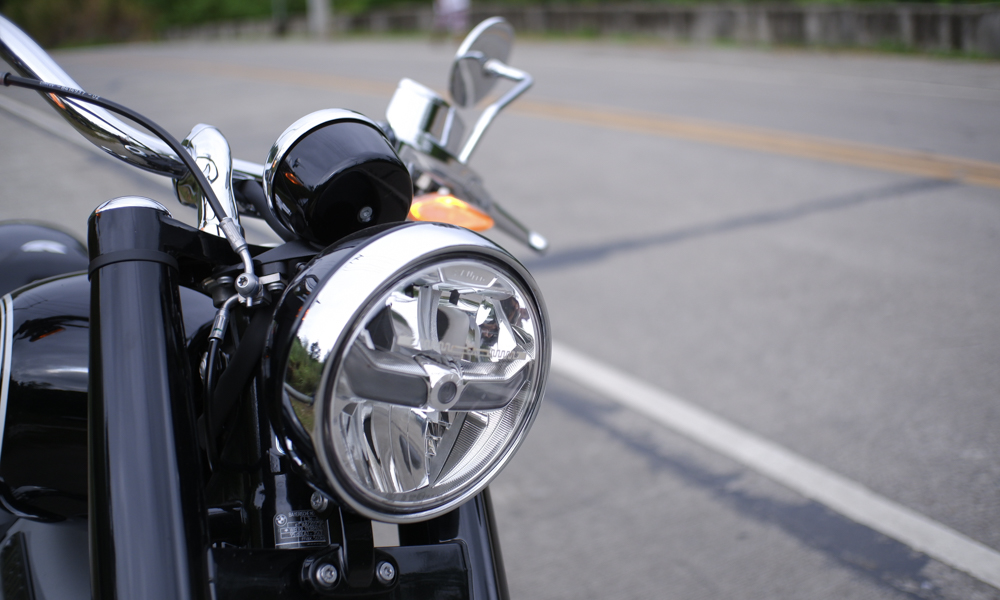
For all that, it’s a bike that’s easy to love. The art deco styling looks like an early candidate for the Museum of Modern Art, with just enough touches of chrome to brighten it up without looking tacky. A “reverse gear” makes parking a relative breeze by utilizing the starter motor. Its 16L fuel tank gives it a decent, usable range of around 180km considering it’s quite thirsty at 14km/L. Once you’ve gotten over its size and heft, you appreciate how well it handles and how it doesn’t ask you to make too many sacrifices in the name of “cool.”
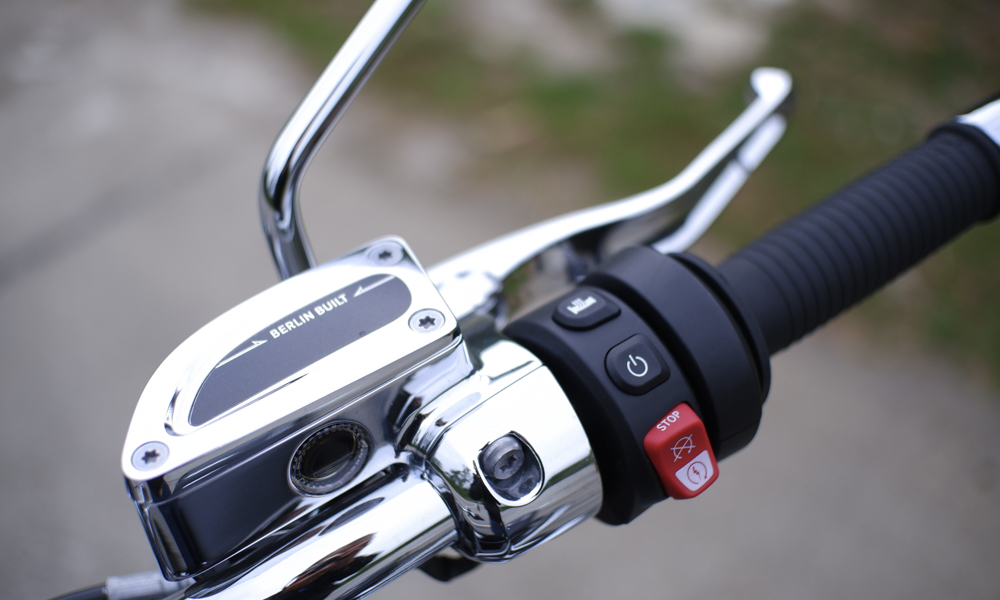
Well, you may need to get used to answering questions and putting on your best behavior every time you go for a ride. I wasn’t 15 minutes into my warm-up ride when a car came up alongside me, the driver asking a dozen questions about the bike and asking me to rev the motor for him. I obliged and surprised everyone around at how lustily the bike shook itself from side to side. This scenario repeated itself in several variations over the weekend I had the bike with me.
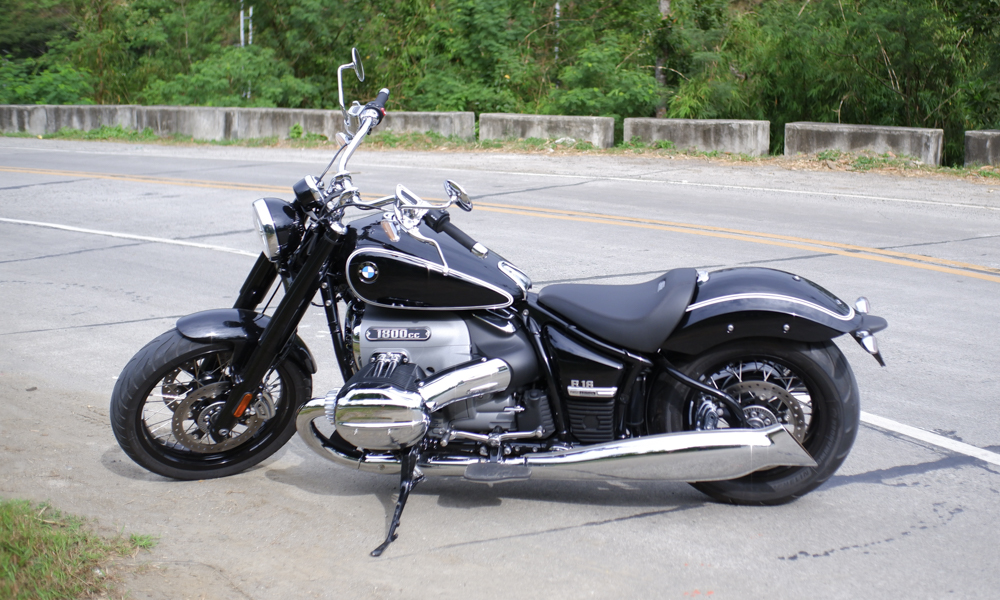
Good bikes should make you feel special, and for the R18, it’s about taking everything you love about the cruiser lifestyle and turning it into a machine you just want to ride all day.

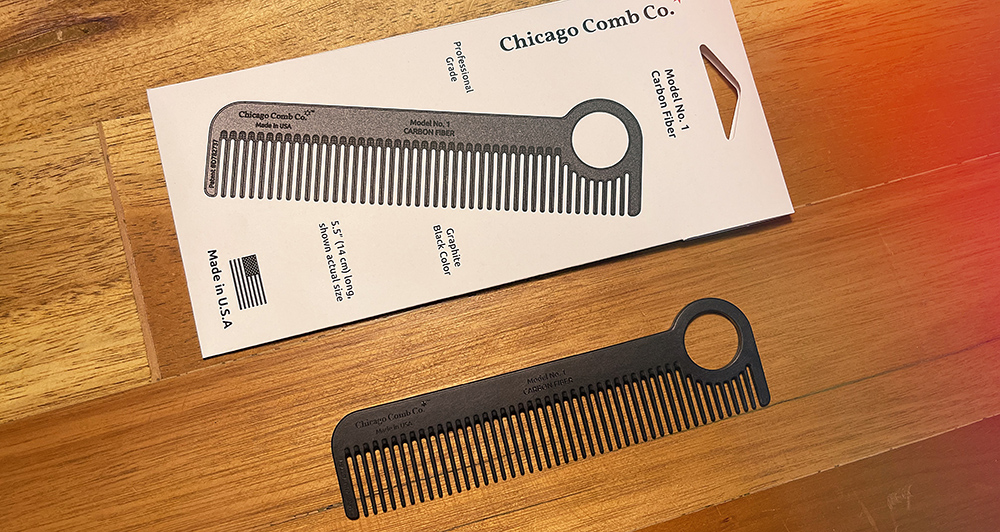
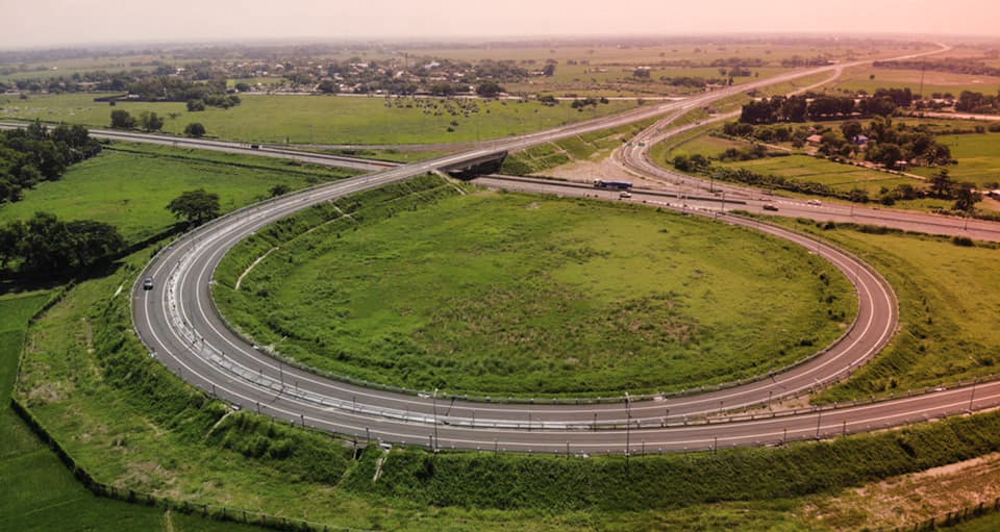
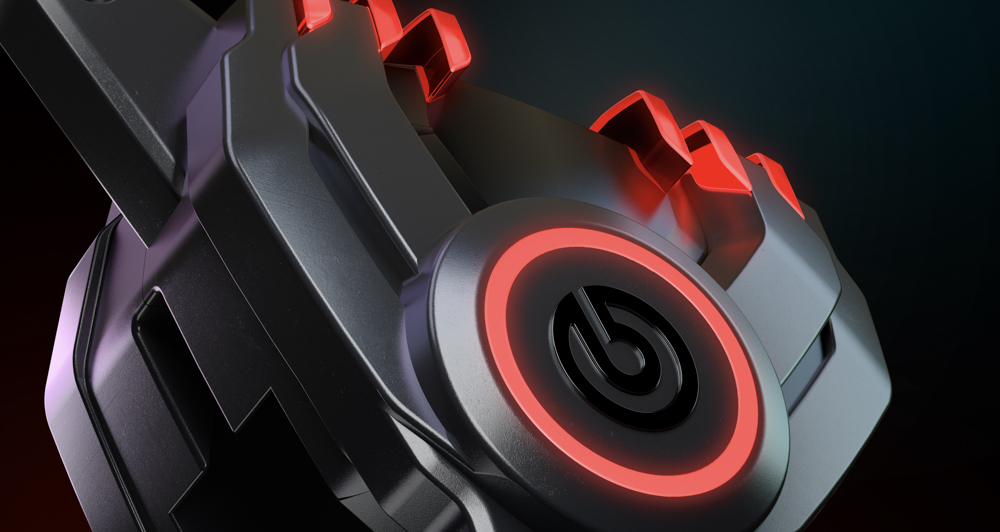
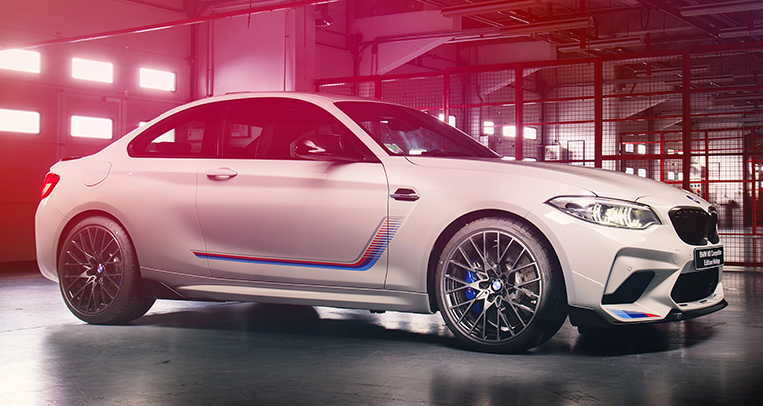
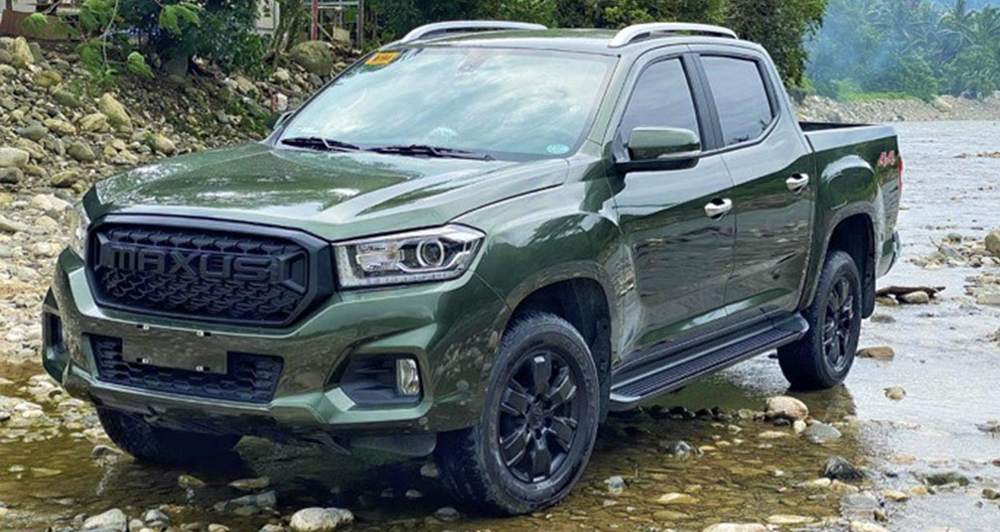
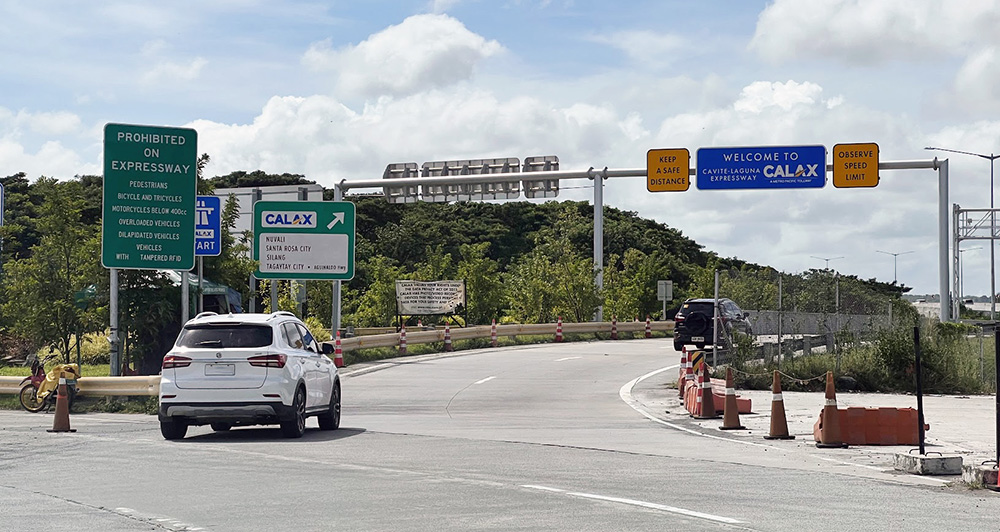
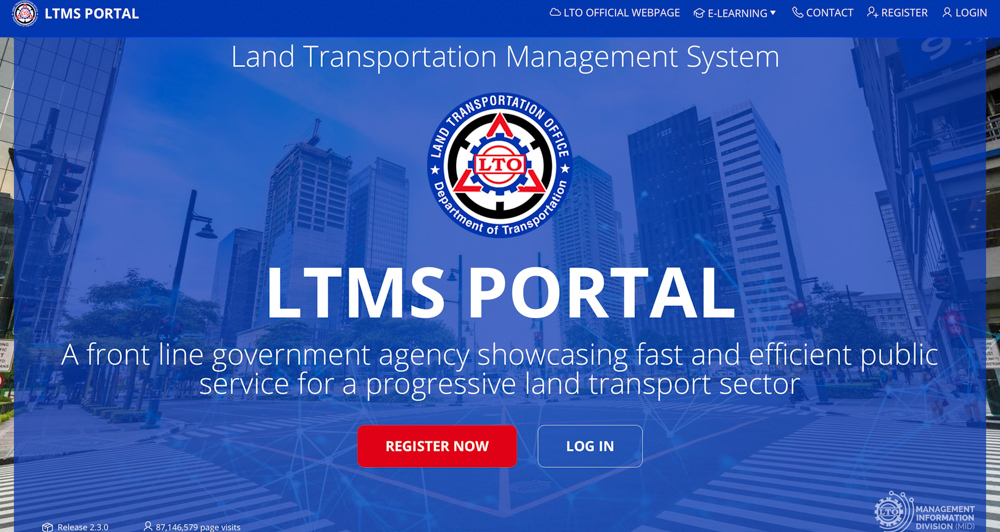
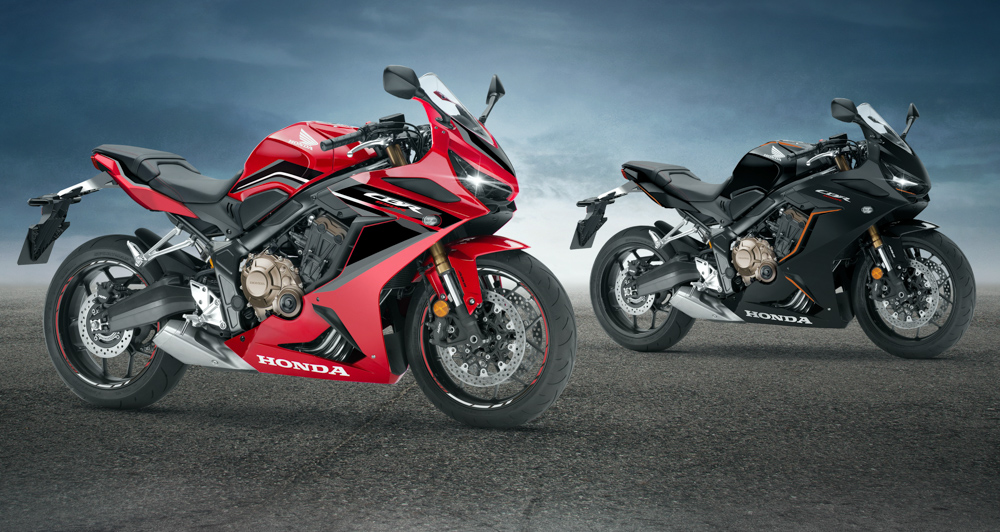
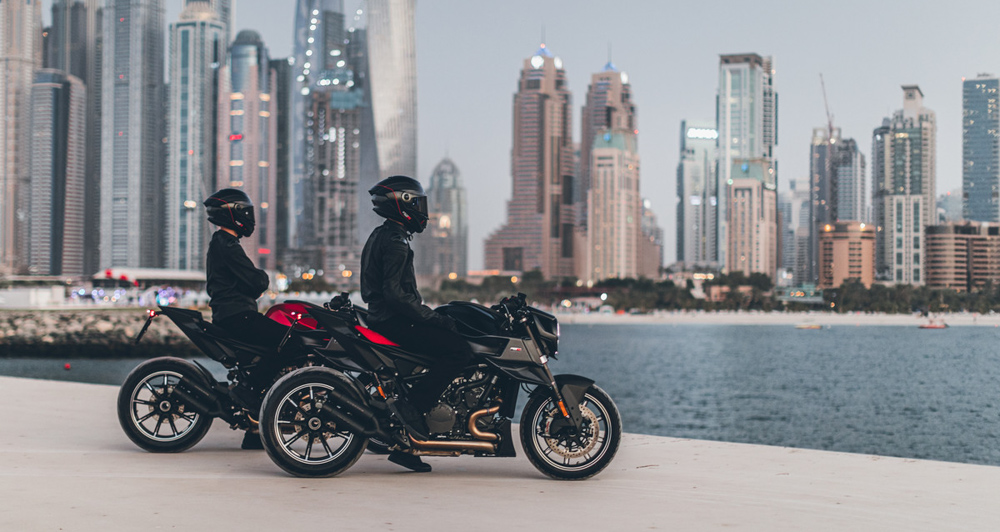

Comments